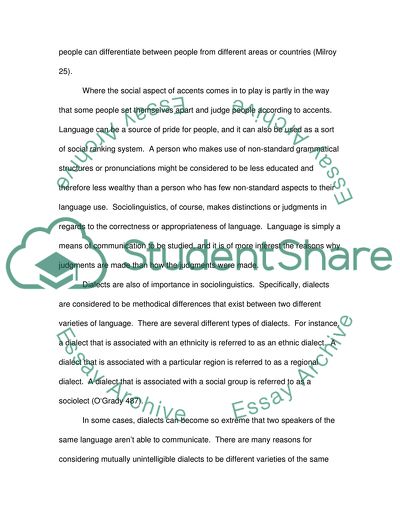Cite this document
(The Social Aspect of Accents Term Paper Example | Topics and Well Written Essays - 3000 words, n.d.)
The Social Aspect of Accents Term Paper Example | Topics and Well Written Essays - 3000 words. Retrieved from https://studentshare.org/other/1718678-sociolinguistics
The Social Aspect of Accents Term Paper Example | Topics and Well Written Essays - 3000 words. Retrieved from https://studentshare.org/other/1718678-sociolinguistics
(The Social Aspect of Accents Term Paper Example | Topics and Well Written Essays - 3000 Words)
The Social Aspect of Accents Term Paper Example | Topics and Well Written Essays - 3000 Words. https://studentshare.org/other/1718678-sociolinguistics.
The Social Aspect of Accents Term Paper Example | Topics and Well Written Essays - 3000 Words. https://studentshare.org/other/1718678-sociolinguistics.
“The Social Aspect of Accents Term Paper Example | Topics and Well Written Essays - 3000 Words”, n.d. https://studentshare.org/other/1718678-sociolinguistics.


